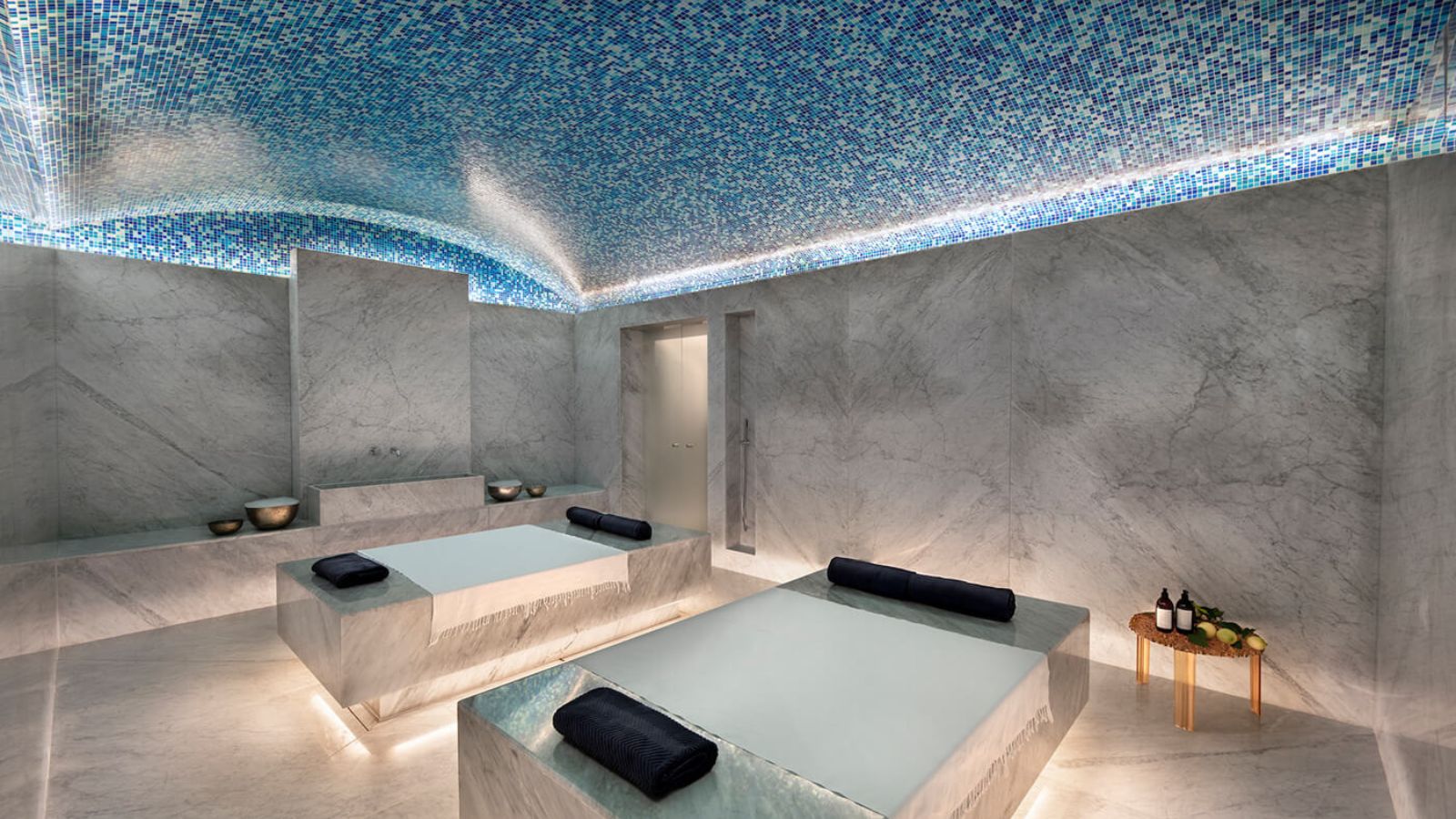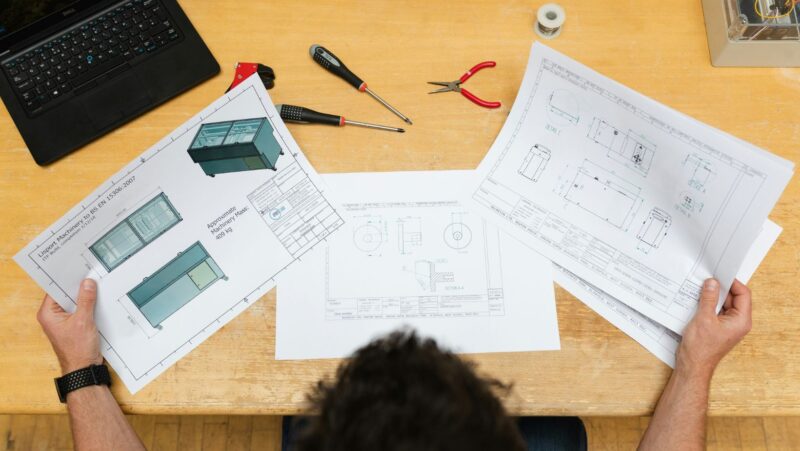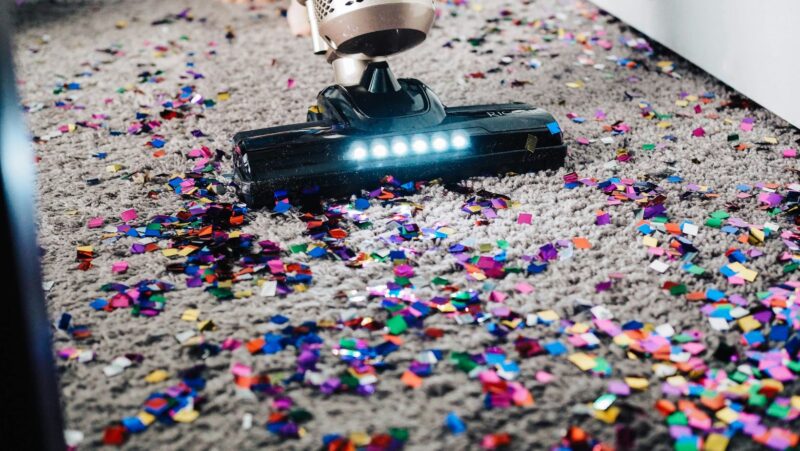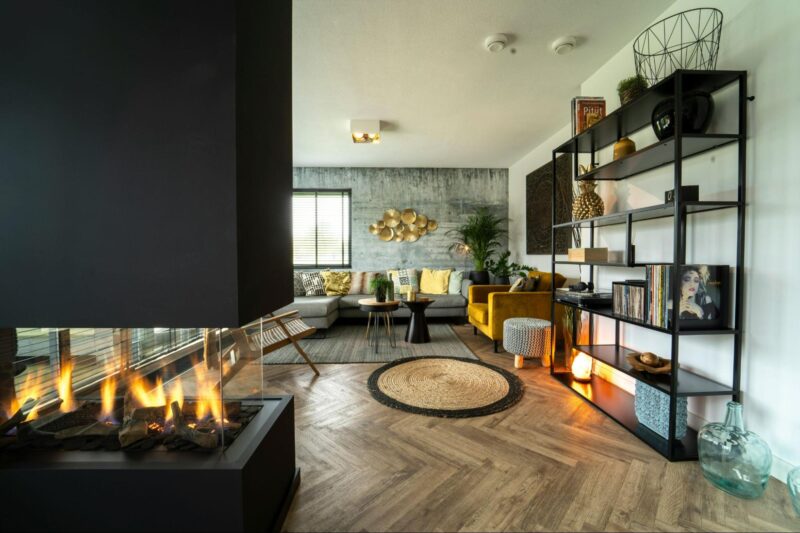Table of Contents
Step into a world where tranquility meets aesthetics. A place where every corner whispers relaxation and every hue soothes your senses – the world of spa interior design. It’s more than just a visually pleasing space; it’s about creating an environment that harmoniously blends beauty, comfort, and serenity.
In the quest for wellness, the role of a well-designed spa can’t be underestimated. From the color palette to the choice of materials, every detail contributes to a holistic experience. This article delves into the art and science of spa interior design, revealing how designers craft spaces that are not only visually stunning but also conducive to relaxation and rejuvenation. Stay tuned to explore the fascinating world of spa interior design.
Trends in Modern Spa Interior Design
Worldwide, remarkable trends shape modern spa interior design, pushing boundaries, enhancing user experiences, and transforming spaces into sublime sanctuaries of wellness. Utilizing Environmental Sustainability serves as a vital trend in contemporary spa designs. Many designers incorporate elements like reclaimed wood, bamboo, and natural stone, exemplifying the Carbon House in the Czech Republic.
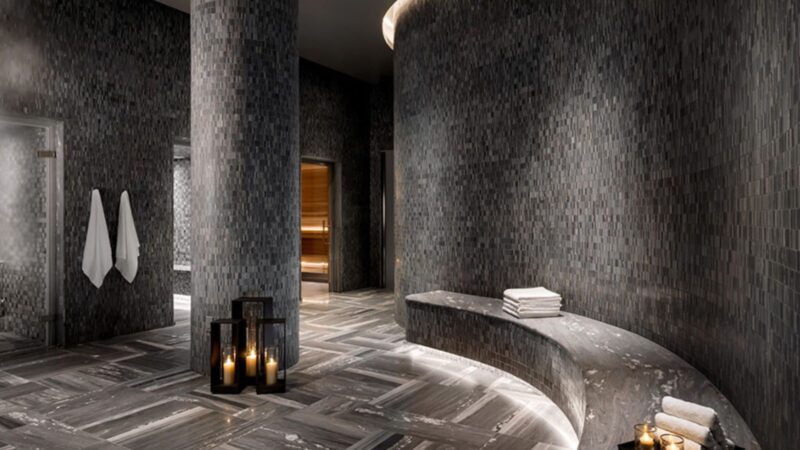
Creating a Relaxing Atmosphere with Spa Interior Design
Evolving from traditionally soothing ambiances, modern spa interior design blends several strategies to create a deeply relaxing atmosphere. These strategies include deliberate layouts, appropriate lighting, ergonomic furniture, calming color palettes, and tranquil soundscapes. Each choice impacts a visitor’s emotional state, enhancing the holistic spa experience.
- Layout Planning anchors the relaxation journey. Spas like the Ananda in the Himalayas use open plan designs, allowing natural light and stunning views to infuse the space. Well-structured pathways ensure easy navigation, reducing any stress associated with unfamiliar environments.
- Lighting Design plays a crucial role in setting the mood. For example, the Onyx Lit Spa in Istanbul features soft, warm lights enhancing the spa’s serene ambiance. Use of natural lighting and dimmable lights facilitates a peaceful transition from reality into the sanctuary of relaxation.
- Selection of Furniture focuses on comfort and functionality. Ergonomically designed pieces such as those used in the Villa Stephanie in Germany support the guests’ physical wellbeing, reinforcing the relaxing ambiance.
Design is more than aesthetics in a spa setting. One might say that these strategies fold into a holistic package that envelops guests in a cocoon of calm. Every factor, every detail, contributes to building that ideal, calming atmosphere as seen in various spas around the globe. This commitment to creating an immersive, relaxing experience is the cornerstone of effective spa interior design.
Tips for Choosing Spa Interior Design Elements
In light of selecting the appropriate design elements for a more immersive spa massage therapy experience, this section provides a guide on strategies that focus on spatial planning, ambient lighting, furniture selection, and sensory components.
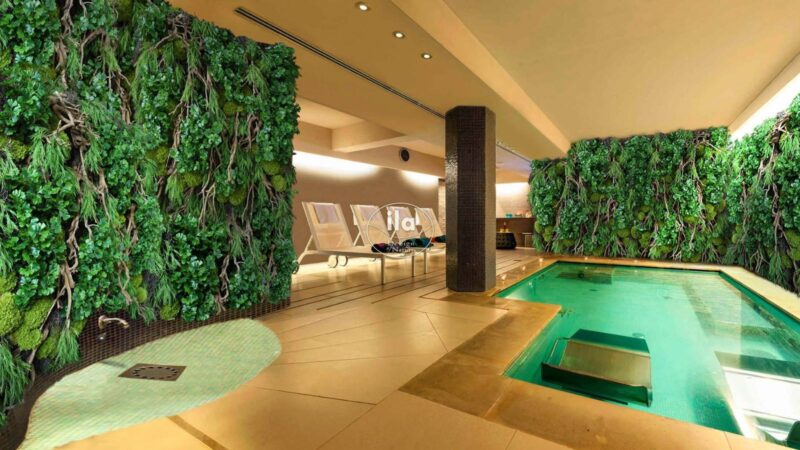
Lighting plays a pivotal role in setting the mood in any spa environment. It’s advisable to incorporate a blend of natural and artificial lighting. Spaces bathed in soft, diffused light, much like the Lush Spa in London, foster a sense of calm and relaxation. However, well-lit areas might be necessary for certain treatments, such as nail manicures and facial treatments.
Furniture selection is another critical aspect. Choose pieces that are both aesthetically pleasing and offer optimal comfort. For instance, the spartan yet comfortable lounge pieces in Australia’s Hepburn Bathhouse add a touch of minimalistic beauty while ensuring the guests’ maximum comfort.

